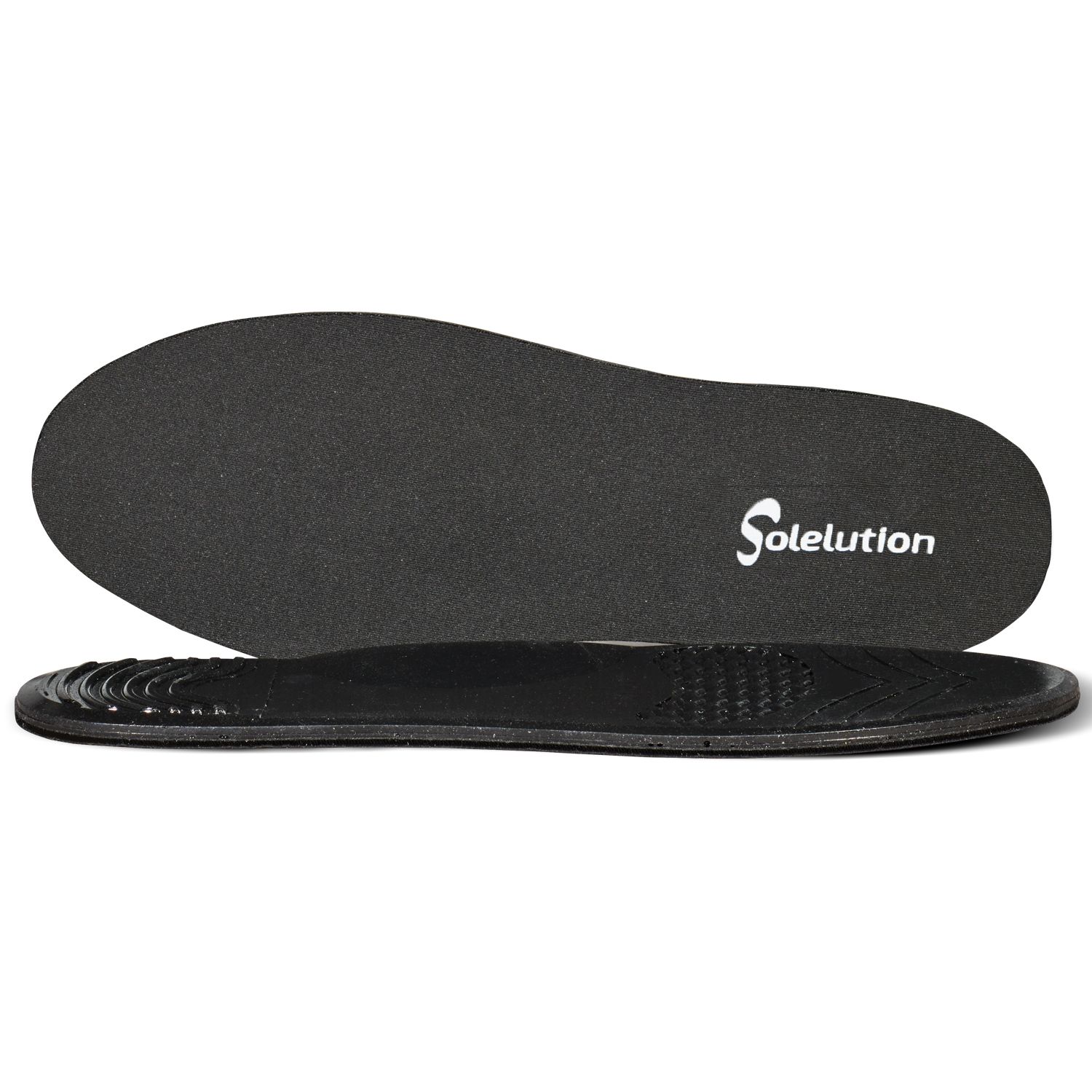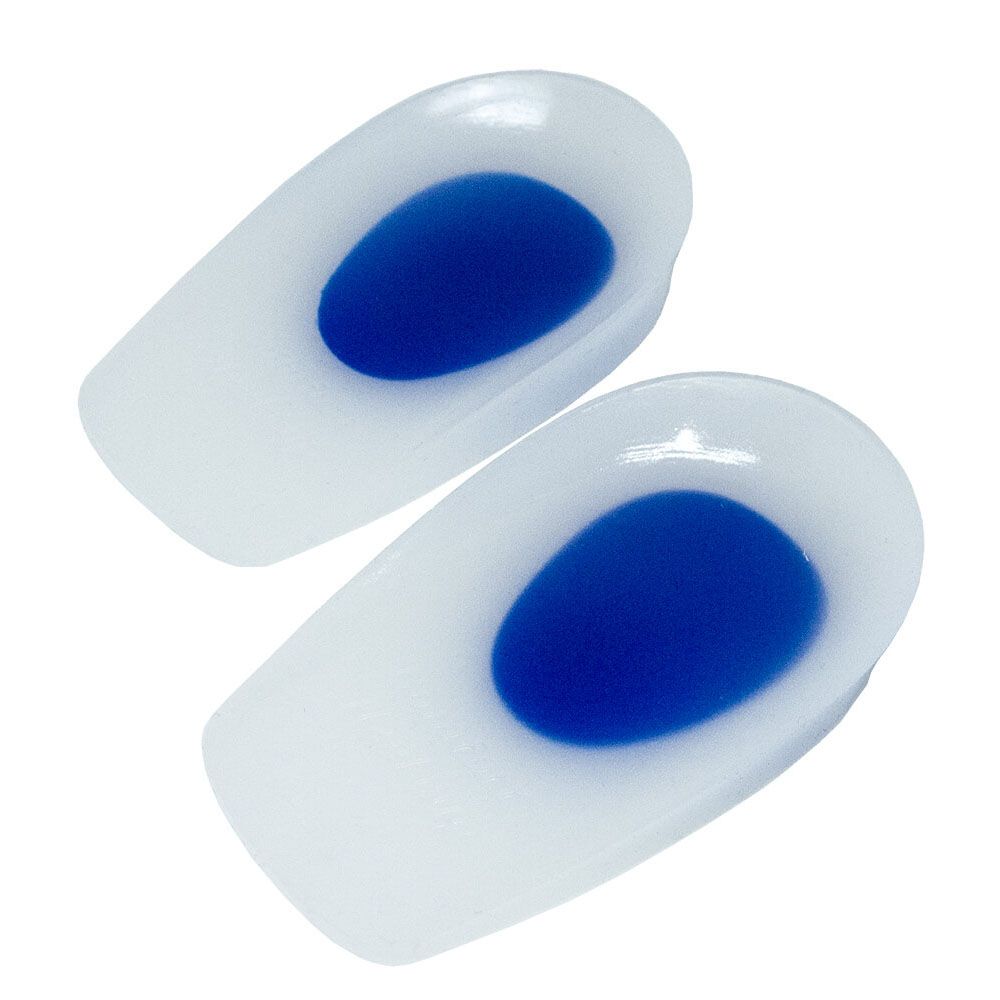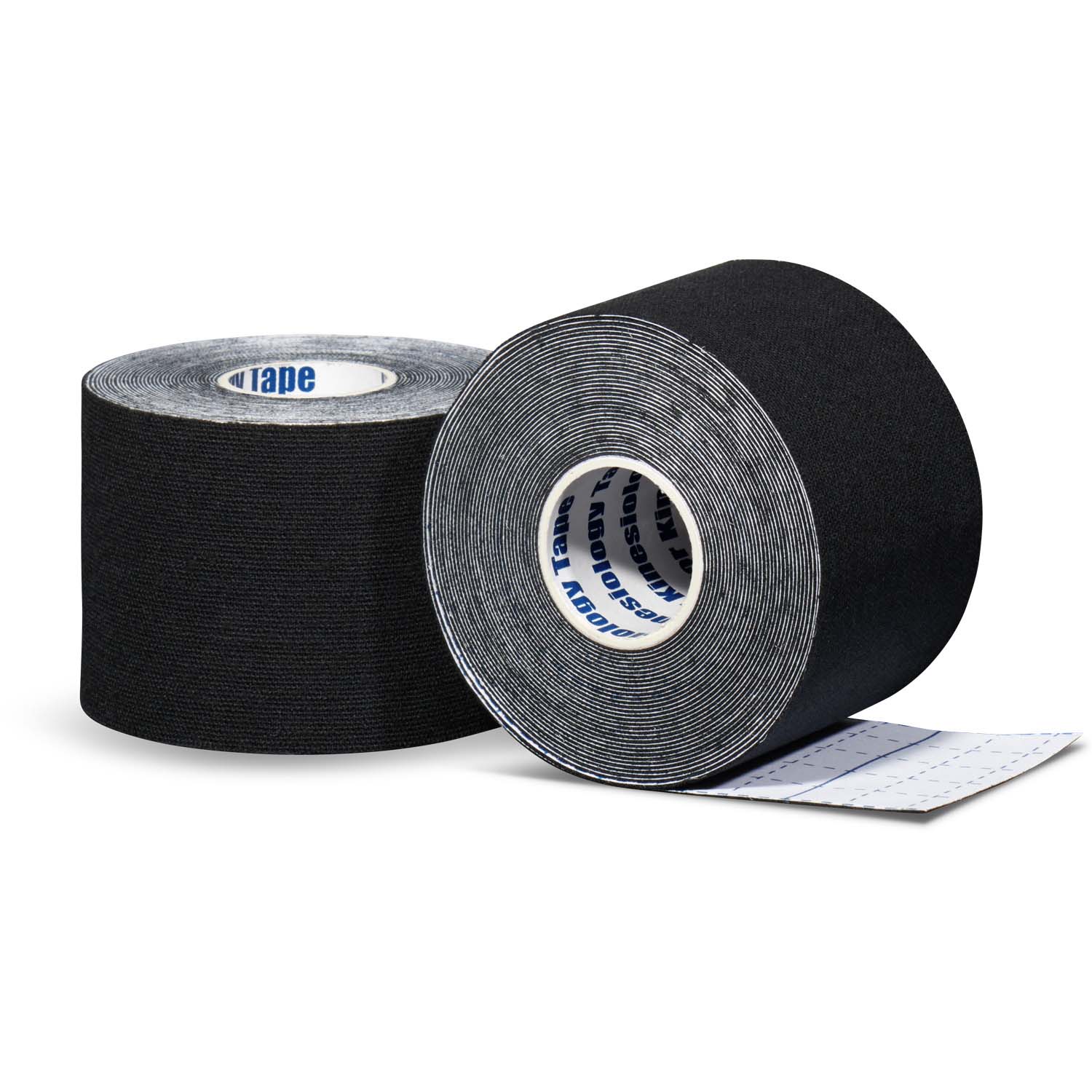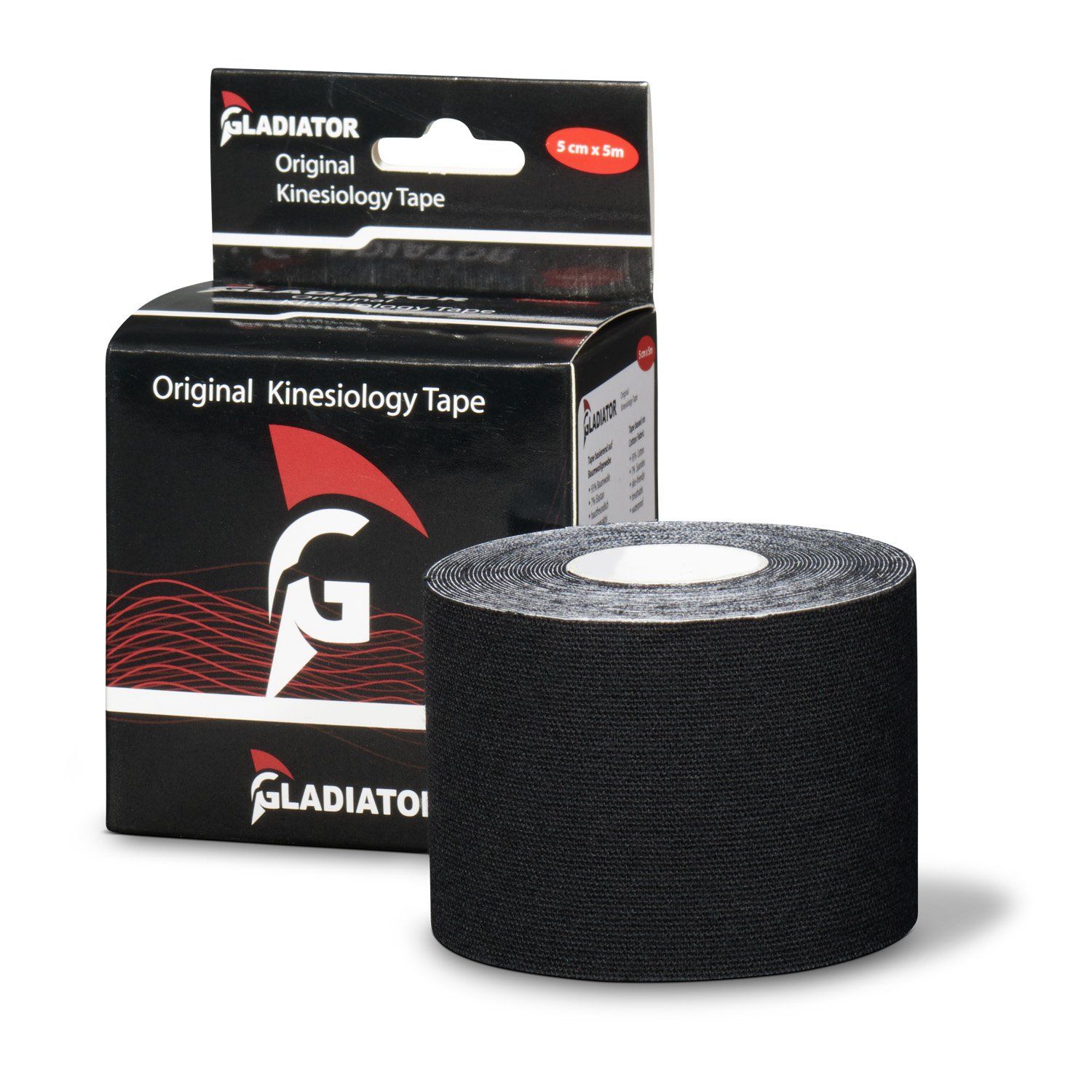Pain in the heel when walking is a common complaint that can be caused by a number of factors. The most common cause is heel spur. Heel spur is a thickening of the bone under the heel. It is caused by overuse of the tendon plate that connects the Achilles tendon to the heel.
What causes pain in the heel when walking?
Heel pain can be caused by prolonged or sudden overuse of the bones, tendons and muscles in the heel. Sustained strain can lead to pain and swelling. There are many possible causes that lead to heel pain. We list some of them for you below:
- Your feet rotate too much inwards when you walk (overpronation)
- You walk, stand or run for long periods of time, especially on hard surfaces.
- An unfavourable foot position
- You walk, stand or run for long periods of time, especially on hard surfaces
- Incorrect footwear for your foot type
- You have too much tension in the calf muscles
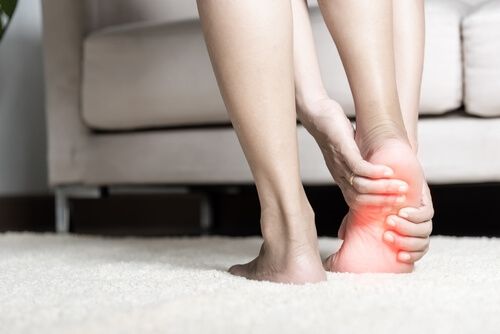
What symptoms can occur?
There are several symptoms that occur when you experience pain in the heel of your foot. We list some of them for you below.
- Swelling in the heel
- Stinging or burning pain in the heel
- Pain when standing up or walking
- Stiffness in the heel
- Pain that gets worse with prolonged standing or walking
How is pain in the heel during walking diagnosed?
When you visit your doctor with complaints of pain in the heel of your foot, he or she will first examine you physically and listen to your symptoms. Additional examination may then be chosen. By making an ultrasound, a swelling of the tendon sheet may be seen, and thus heel spur is confirmed. An X-ray may also be taken to rule out other symptoms.
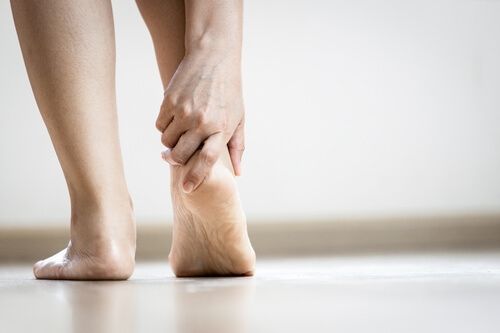
What treatments are available?
There are several things you can do when you have pain in the heel of your foot. For example, there are stretching exercises you can do, rest or use special insoles. Are you still in pain after several months? Then it is advisable to see a specialist. He or she can help you with, for instance, shockwave therapy, taping with kinesiology tape or injections with corticosteroids. Which treatment is best for you will be discussed with your doctor or physiotherapist.
Need additional information?
We can imagine that you still have questions or comments after reading this article. You can contact our highly knowledgeable customer service team. They are ready to answer all your questions and get you back on track. We can be reached via phone, e-mail and live chat.





